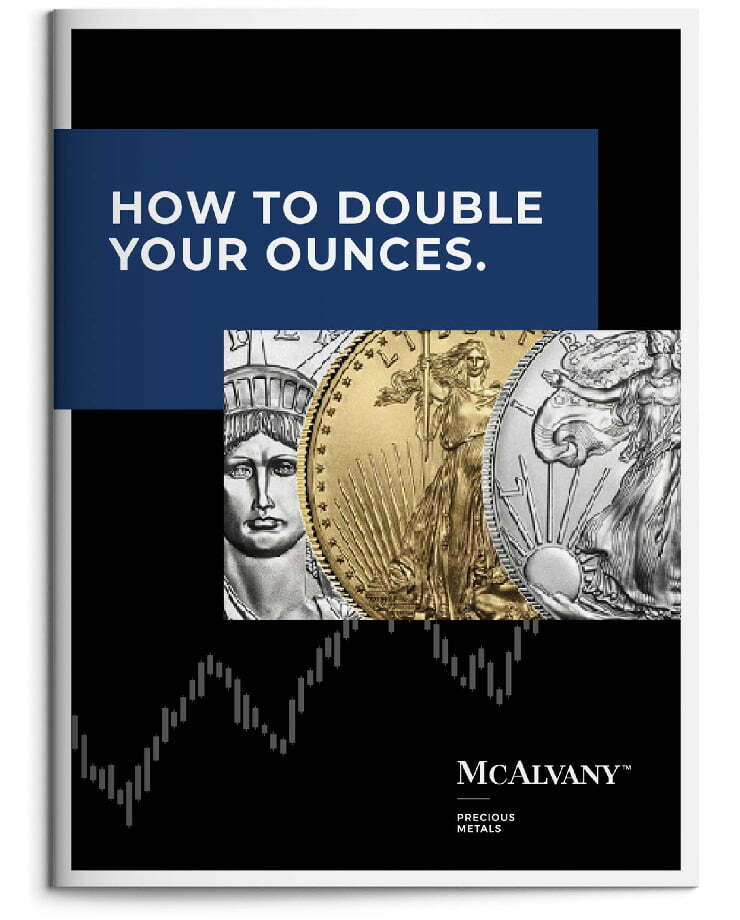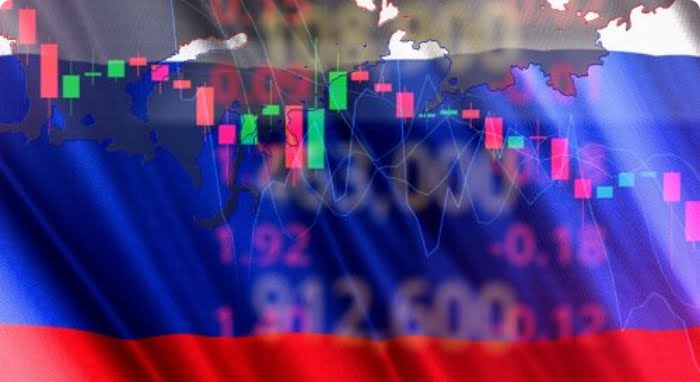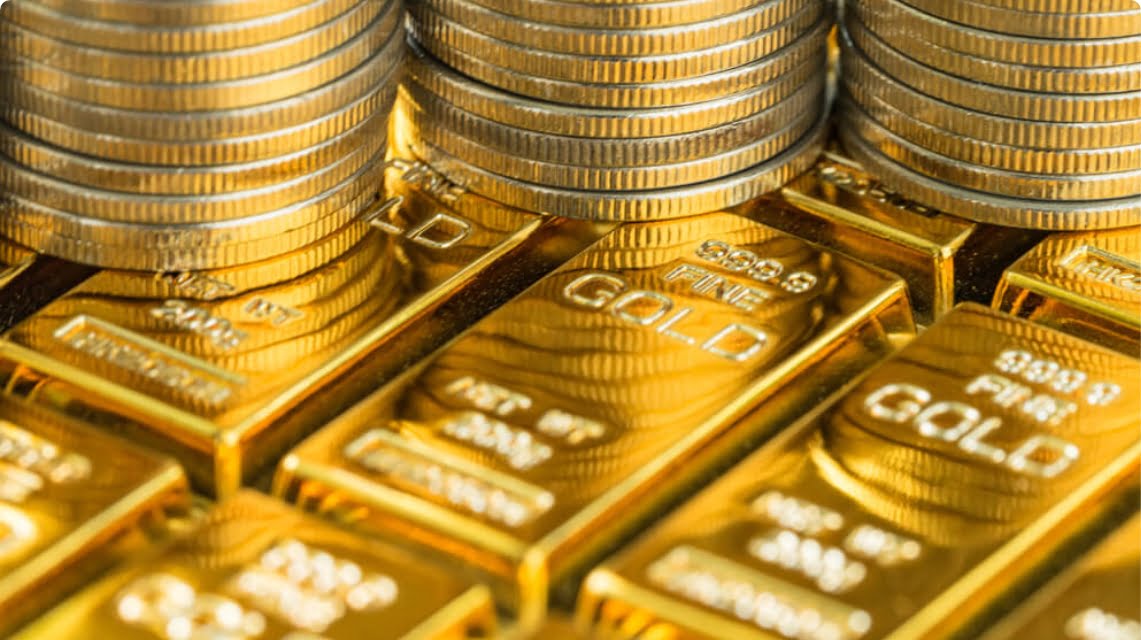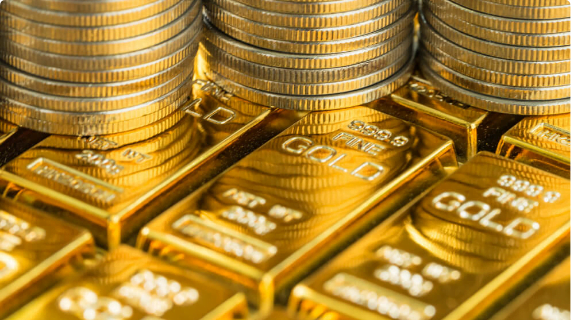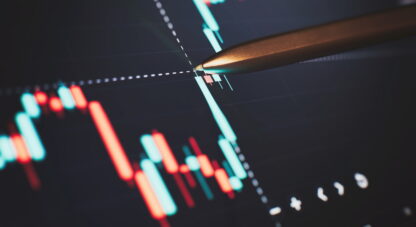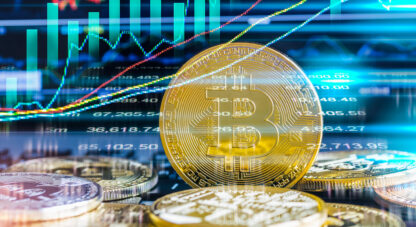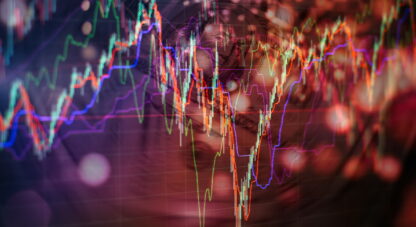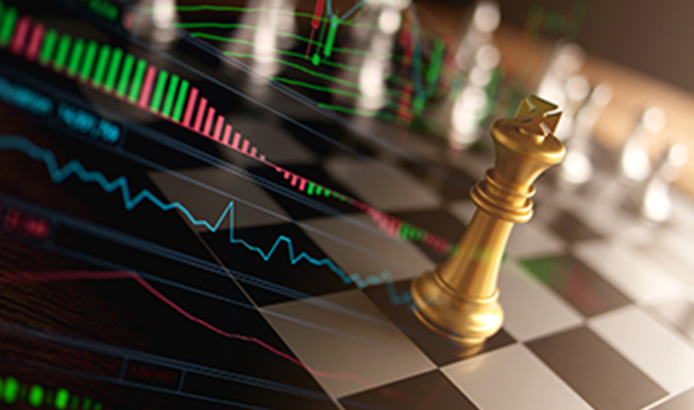Podcast: Play in new window
All four major precious metals—gold, silver, platinum, and palladium—experienced notable declines this week thanks to robust economic figures and the Fed’s decision to keep rates steady. Let’s take a look at where prices stand as of Wednesday, July 30:
The price of gold dropped $107 (3.1%) to $3,275, with an additional $54 (1.6%) lost in a single day.
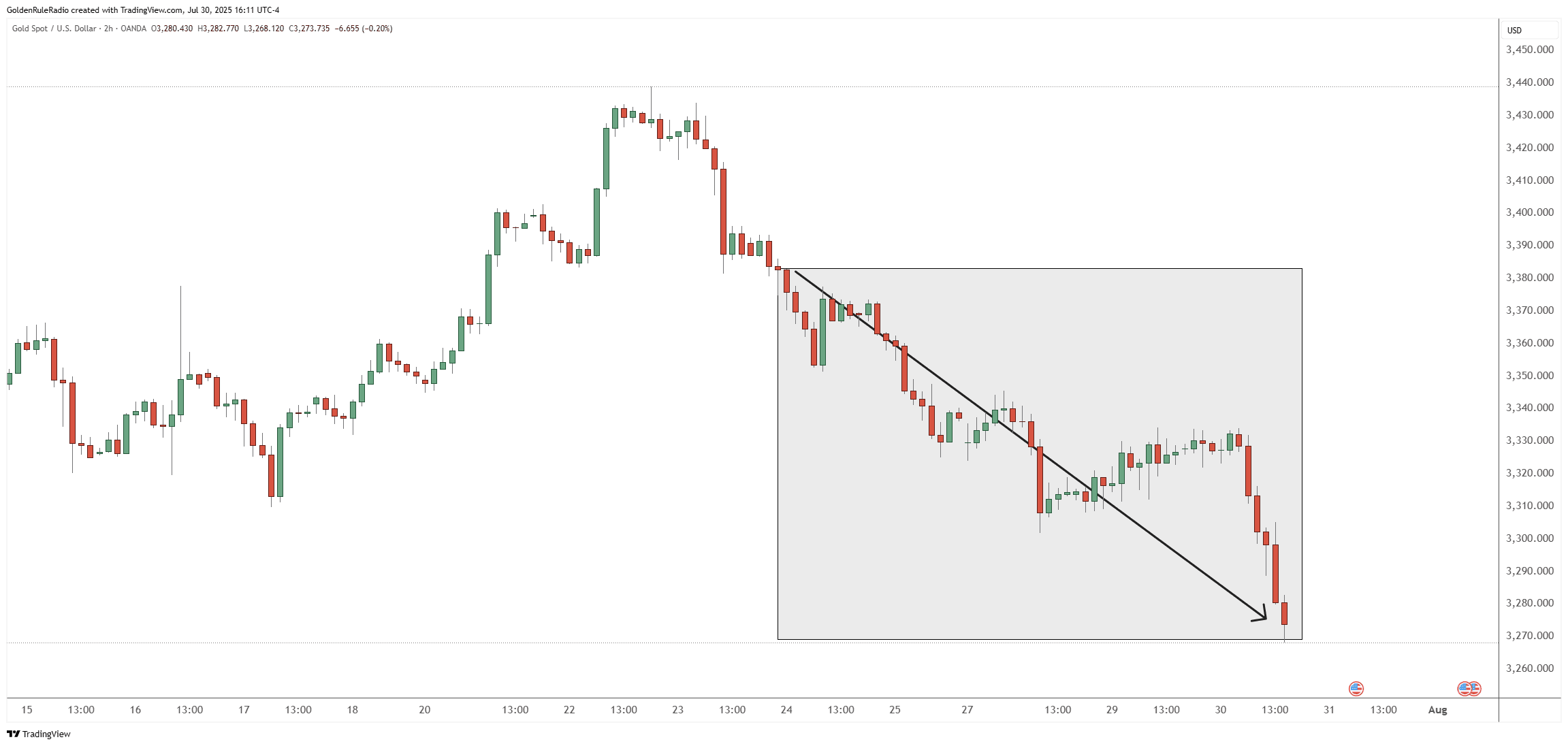
The price of silver fell $2 (5.1%) to $37.
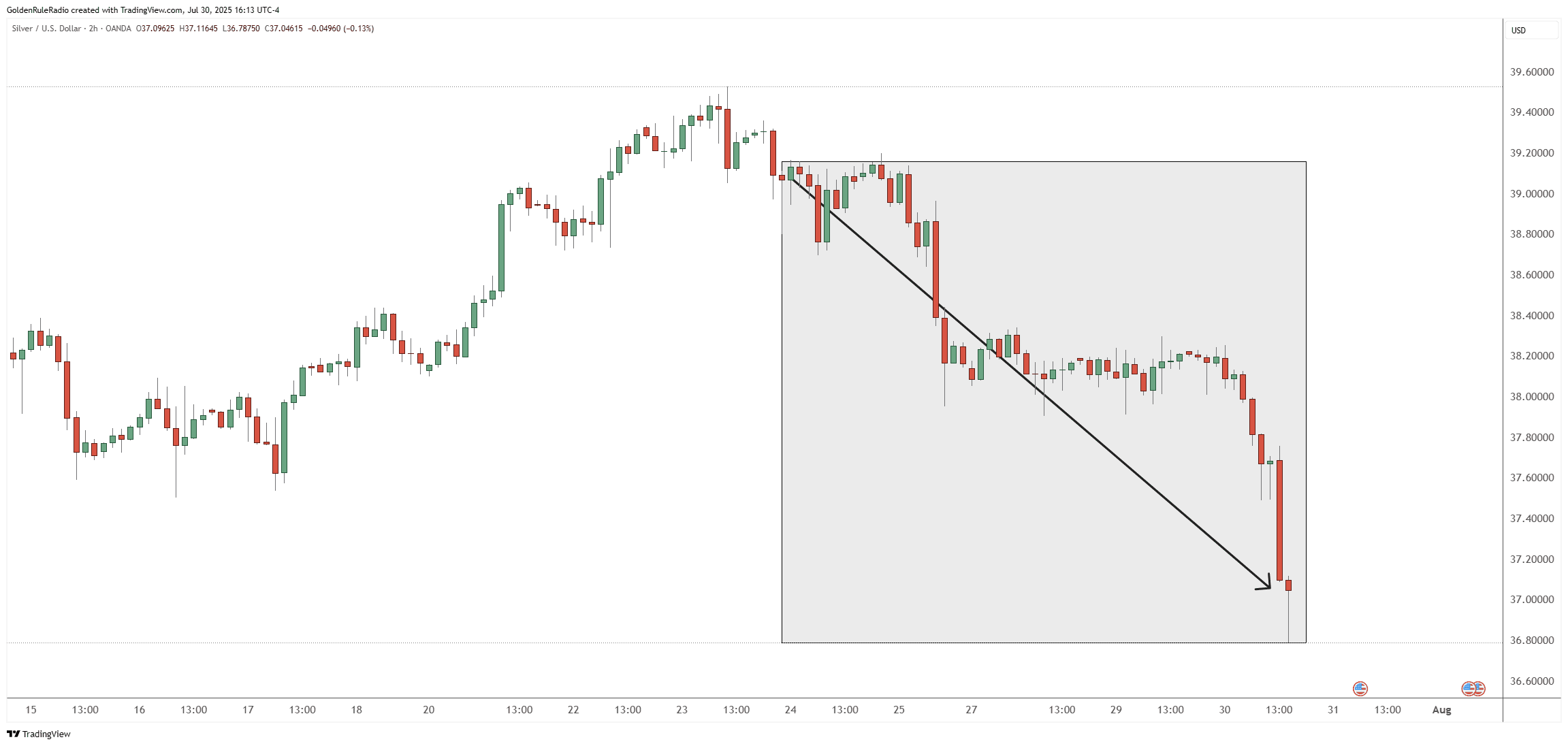
Platinum led the losses, dropping 8.75% ($125) to $1,308.
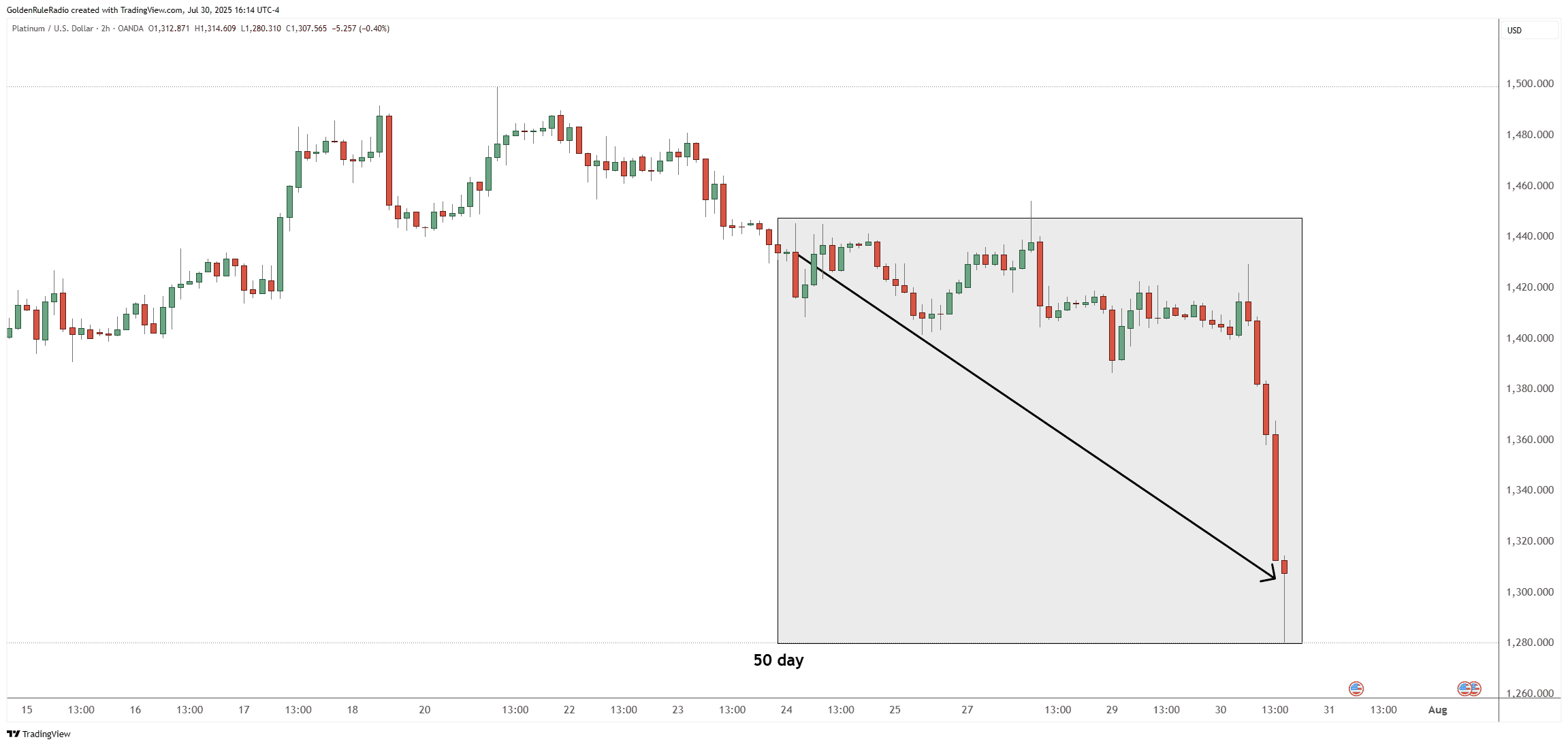
Palladium declined 7.5% ($104) to $1,222.
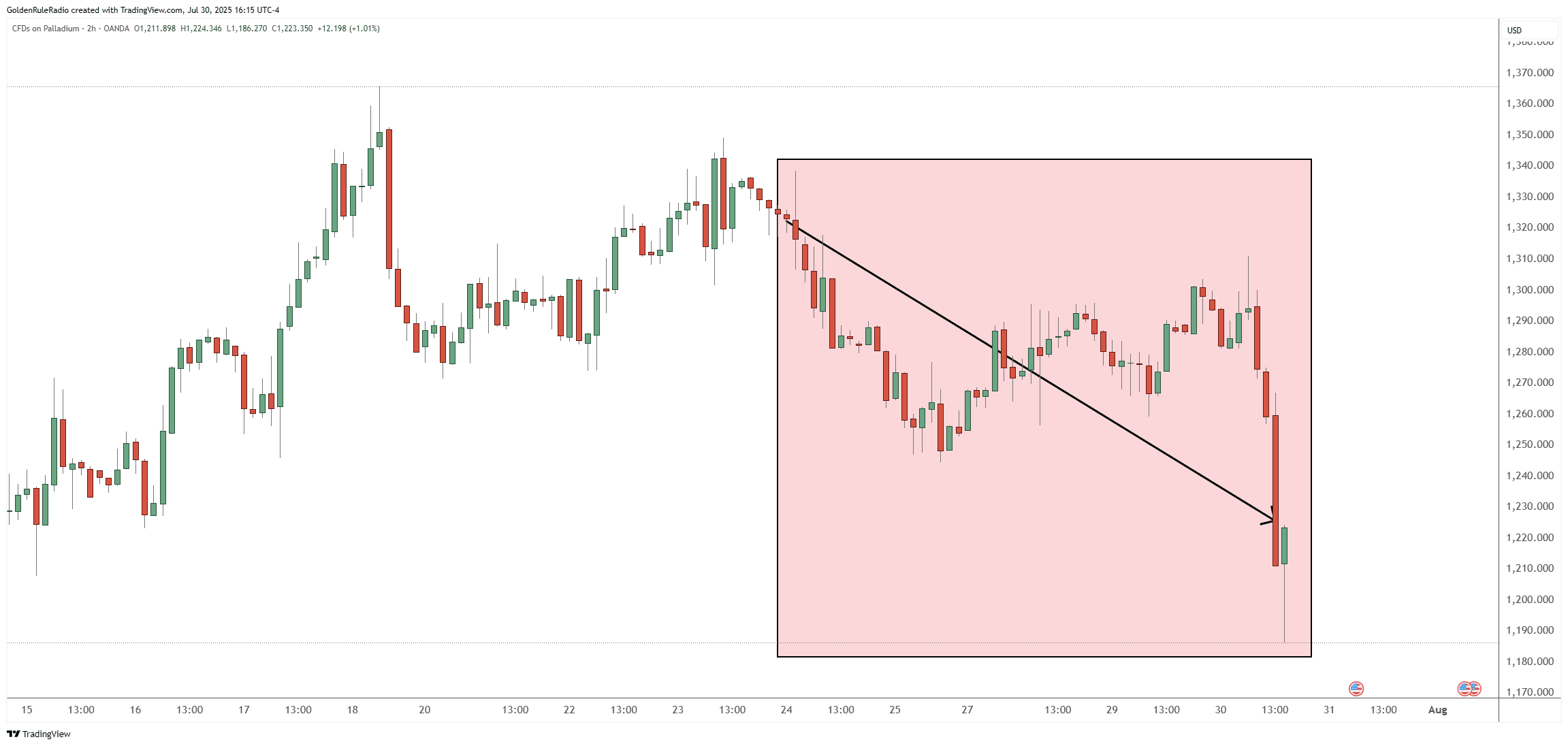
Looking over at the paper markets…
The S&P 500 was even from a week prior, sitting at 6,363. The index had reached a new all-time high intraweek.
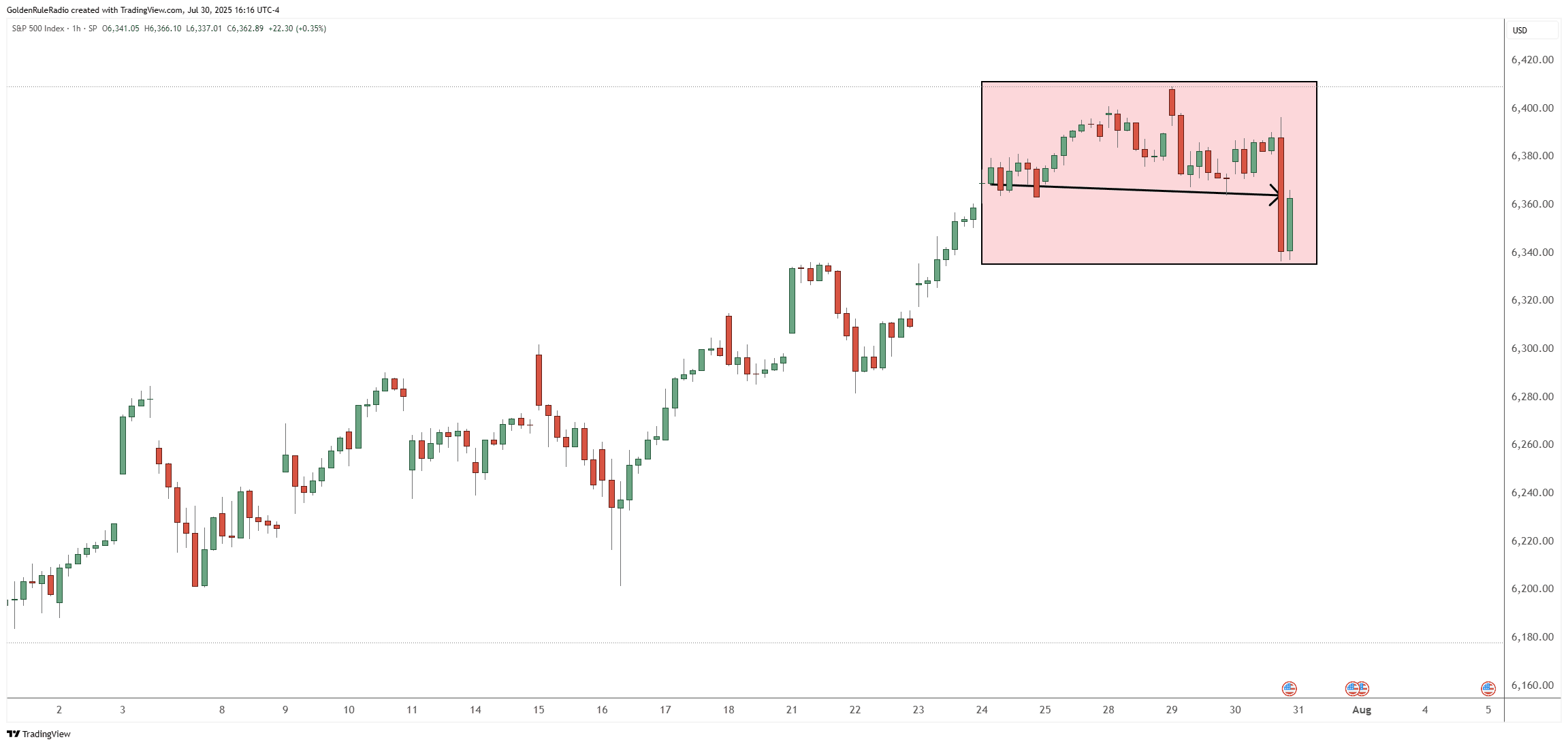
The US dollar index rebounded 2.8% to 99.9, nearly returning to the symbolic 100 level.
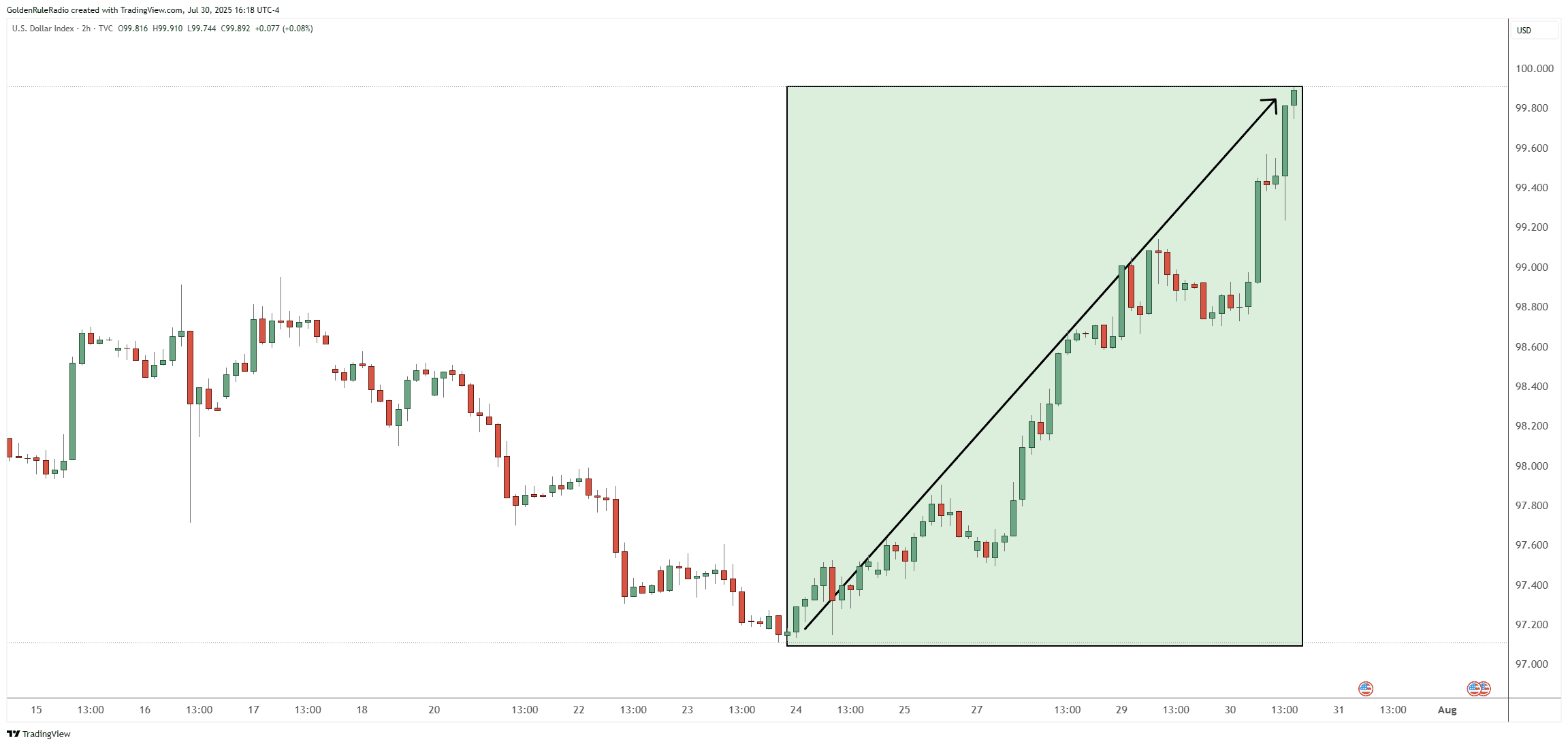
Economic Data and The Fed: Double-Edged Sword
The US administration leans into credit expansion and a softer dollar, while the Fed is trimming its balance sheet and maintaining high rates in an effort to fight inflation and maintain currency strength.
This week’s downward movement in gold, silver, platinum, and palladium can be traced directly to stronger-than-expected second quarter GDP numbers and the Federal Reserve’s decision to stand firm on interest rates.
The economic headline—GDP growth coming in at 3% versus an expectation of 2.5%—helped to “swallow up” previous weak indicators, giving the Fed confidence to delay any rate cuts. Chairman Powell’s remarks hinted at a continued “wait and see” approach, dampening hopes for a September rate cut.
This stance has broader implications: While equities like the S&P 500 achieved new highs, the US dollar index surged, approaching key technical thresholds. It’s a classic “good news is bad news” scenario for metals: stronger economic growth props up the dollar and equity markets but has historically put downward pressure on gold and other safe-haven assets.
US Dollar Dynamics: Between Bounces and De-dollarization
Although the greenback has staged a bounce after months of decline, many nations and central banks sense a profound transition underway. The dollar, when adjusted for rising costs of living, is really no stronger than it was five years ago.
Day-to-day market moves are less significant than slow-burning trends like sovereigns moving out of dollars and back into gold as a reserve asset. This “monetary regime change” is a theme every investor should keep on their radar as it can shape the metals markets for years to come.
If President Trump is able to bring manufacturing back to the US, it may bolster the world’s perception of the power of the US dollar. As it stands right now, central banks are still moving toward de-dollarization.
The debate extends into the legislative arena, particularly around stablecoins and central bank digital currencies.
CBDCs, while touted for their efficiency, transparency, and potential for combating illicit finance, carry significant privacy and surveillance implications. Unlike cash, which can be spent without leaving a digital footprint, a CBDC system allows the government—or more broadly, the central bank—unprecedented access to every transaction. This could effectively create a direct ledger between the state and each individual’s financial activity, bypassing traditional banking intermediaries and the privacy buffers they provide.
Unlike cash or physical gold, stablecoin transactions are always traceable. Issuers often retain extensive access to user transaction data. Even if stablecoins don’t establish a central “surveillance state” as feared with some CBDC designs, the digital trail left by stablecoin use is far more transparent (and less protective of individual privacy) than physical alternatives.
For metals investors, these policy debates reinforce the attractiveness of physical gold’s privacy and “tier one” liquidity versus digital assets which, for all their potential, bring very different risk and utility profiles.
Seizing Opportunity Amid Uncertainty
If there’s one constant for precious metals investing, it’s a disciplined “buy the dips” approach. Declines should be seen as opportunities, rather than cause for panic. Institutional gold buying continues to put a floor under prices, with global gold reserves as a share of sovereign portfolios rising from historic lows to above 24–25% on average.
Notably, billionaire Ray Dalio recently recommended a 15% portfolio allocation in gold or Bitcoin. However, seasoned precious metals investors know that this is not an either-or proposition; these two assets behave very differently.
Gold offers centuries of proven value preservation and privacy, while cryptocurrencies—despite their technological promise and increasing adoption—remain highly speculative and untested during major financial upheavals.
Get In Touch
The team of advisors at McAlvany precious metals is here to help you review your portfolio strategy and take advantage of market opportunities. Give us a call for your complimentary, no obligation consultation at 800-525-9556.
